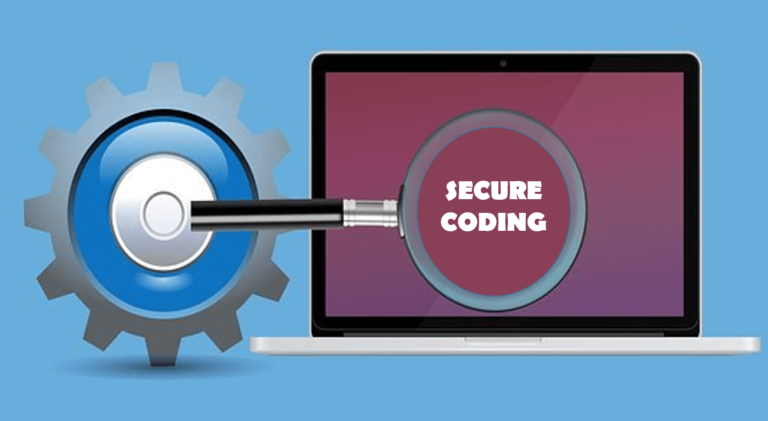Security is the topmost priority in software development in the rapidly evolving digital era of today. With evolving cyber threats, developers must accord top priority to secure coding to protect software applications and user information.
Secure coding can avoid vulnerabilities, minimize risks, and keep the applications you create secure from attacks. Some of the top secure coding practices with which every developer must be well-versed are discussed below.
- Input Validation and Sanitization
Malicious input is the most prevalent attack vector, i.e., SQL injection, cross-site scripting (XSS), and command injection. Developers must always validate and sanitize user input to avoid malicious input. It includes verifying if the input is of the correct format, length, and type and escaping special characters which can be used by attackers to attack them.
- Signing Of Codes for Authenticity and Integrity Registration
Code signing is an essential procedure that ensures the falsification and manipulation of software do not occur.
By signing your code, you are practically providing a warrant that asserts that neither your software has been signed nor has it been altered in any way, and also, the software comes from a trusted source.
By signing codes, users are discouraged from downloading falsified or modified versions of software applications since the digital signature guarantees the signing source and confirms that the software has not been altered.
Tip: To boost confidence, make use of reliable and valid code signing certificates that come from a trusted certificate authority (CA). Large Enterprises are recommended to use DigiCert Code Signing Certificate for higher level trust and authentication.
- Use Prepared Statements in Database Queries
SQL injection is the most popular attack method which most people use, which consists of malicious SQL code being introduced into your database queries.
This can lead to leaks of information, corruption of data, and even granting the attacker complete access to your database. Prepared statements and parameterized queries are the most effective ways to counter SQL injection attacks as they remove the security risk that stems from improperly formed user inputs.
The prepared statement identifies the user input as data and does not treat it as something that can be executed, thus preventing the attacker from altering the syntax of the user’s query.
- Appropriate Authentication and Authorization
Two very important security measures for applications are the concepts of authentication and authorization.
Add an extra layer of security with MFA procedures upon logging in.
Users should be restricted to the tasks and resources they are responsible for by using role based access control (RBAC).
Do not ever save new passwords as clear text passwords. Instead, use bcrypt which is a safe way to hash passwords.
- Regularly Update Dependencies
In software development, third-party libraries and frameworks are commonplace to speed up the development process. However, the dependencies may also include exploitable threats to security.
Check for security updates for libraries you use to consistently minimize potential threats. Do these security patches regularly.
Tip: Use a dependency management tool to scan your dependencies for known vulnerabilities, as they will automatically report them to you.
- Secure Data Storage
Financial information, personal details, and passwords must always be kept secret and secure. Encrypt sensitive information in transit, which is across the network, or in rest, in files or databases.
Use strong encryption algorithms like AES-256 to protect data from unwanted access.
Tip: Instead of saving sensitive information like passwords, credit card numbers, and API keys in client-side storage or within the code, environment variables or secure vaults are better solutions.
- Do Not Hardcode Encrypted Passwords and API keys
Storing passwords as well as API keys within the source code is unfortunate due to the immense risk it carries.
Any sensitive information can easily be accessed by an attacker if your source code is hacked. If your source code is hacked and misplaced, the attacker can easily procure this sensitive information.
Always place secrets within a vault or environment variable and have the code fetch them from these secured locations.
Tip: Implement secure storage mechanisms for sensitive data when relying on configuration management systems.
- Security Testing and Code Reviews:
Code review is an important element in manual security testing to mark out any security bugs and potential vulnerabilities in as early a phase of development as possible.
Someone else’s scrutiny of your work is always beneficial and could spot things you have missed.
Regular security often testing, static analysis testing, dynamic analysis testing, and penetration testing all serve to discover the some of the issues before they are taken advantage of.
Tip: Use common automated tools for static security code scanning and find common security issues.
Conclusion
Integrating secure coding principles during the development life cycle will help increase application security and reduce the potential of vulnerabilities.
Continuously signing, I mitigate the effects of all data breaches and cyber attacks as they grows using an active protection mentality for solid, reliable software.
Above all, keep security being your primary focus at each stage of your development life cycle, and always be updated on the latest security threats and the best practices to combat those threats.



